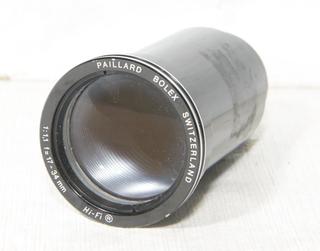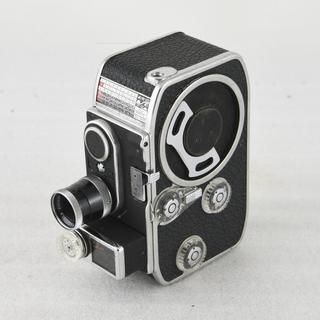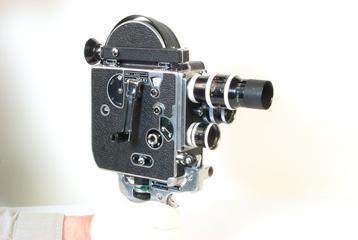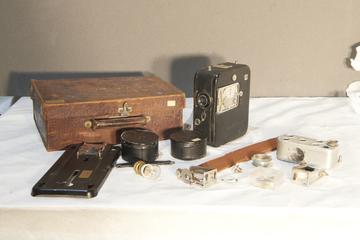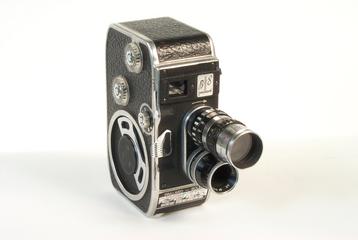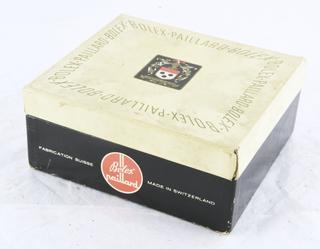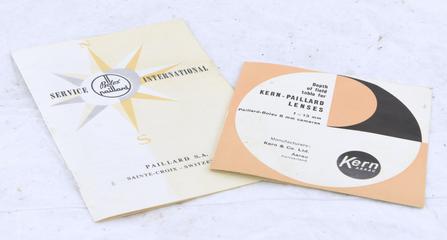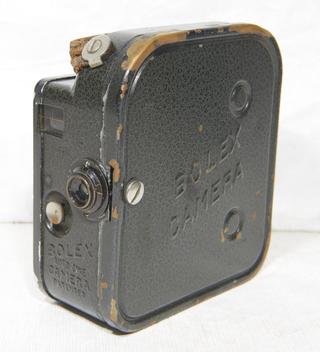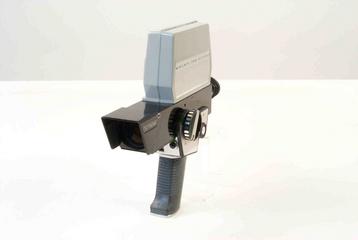
Paillard-Bolex 1925
- Nationality:
- Swiss
- born in:
- Switzerland
Bolex was founded in Switzerland in 1925 by Charles Haccius and Jacques Bogopolsky as Bol. It was founded after the Ukranian engineer, Bogopolsky of Geneva, Switzerland, patented the ‘BOL-cinegraphe’, a reversible apparatus for taking, printing, and projecting pictures on 35mm film in 1924. Having imagined a camera for the 16mm format in 1927, he and Haccius established the Bolex society to develop and produce the camera - although the society did not actually produce any cameras, Longines did instead.
So, with the help of Longines, the company began production of Bolex cine cameras and projectors in 1928, and in the same year, they were sold to Paillard SA, becoming Paillard-Bolex. Bogopolsky was hired on a 5 year contract with the company, however, after only 2 years he was let go as Paillard felt they had been misled by him as the cameras and projectors did not seem to be as good of a quality as they had been led to believe, and they discovered that Bogopolsky had not actually invented the camera. The patents they had bought from Bogopolsky were unusable and the machines did not work. So, Paillard started from scratch.
Over the following decades, the company became known for its cine cameras in 16mm and Super 16mm formats. Bolex cameras were particularly important for early television news, nature films, documentaries and the avant garde, and are still favoured by many animators today.
In 1970, Paillard sold Bolex to Eumig where the company continued making cameras. Then, in 1981, Eumig went into liquidation and so Bolex was bought by René Ueter. At this point, they stopped manufacturing cameras, but they still continue to repair the 16mm and Super 16mm cameras for customers.
